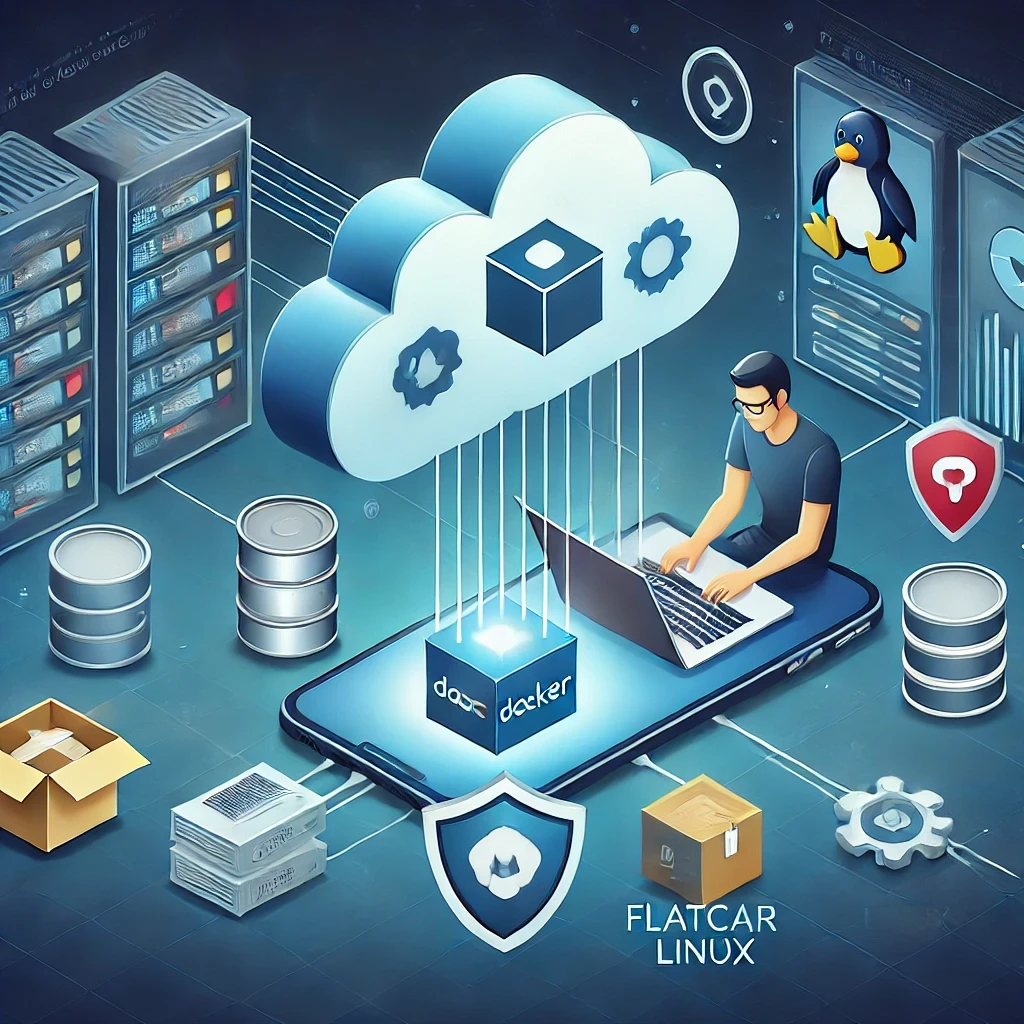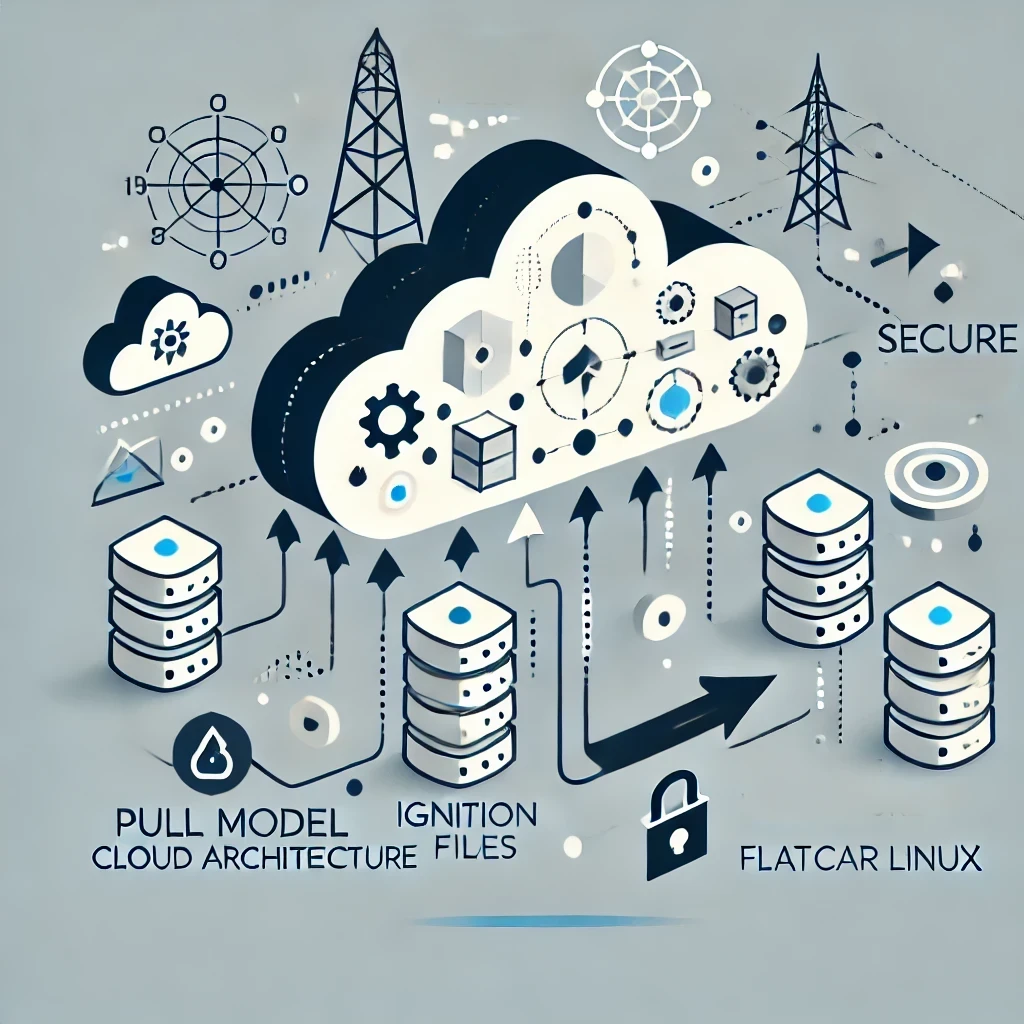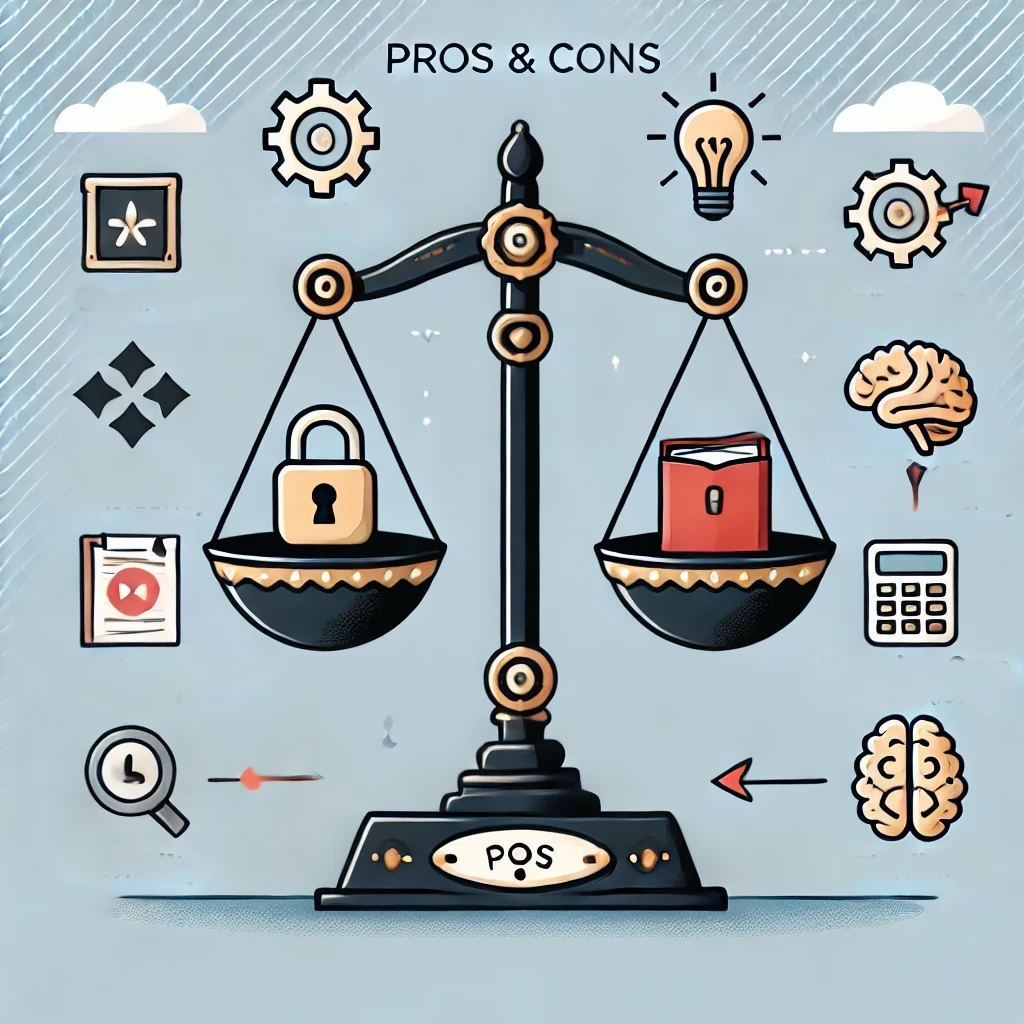Simplify Your Cloud Deployments with Immutable Infrastructure

Deploying applications to the cloud can be a complex and error-prone process. Configurations drift, security vulnerabilities emerge, and maintaining consistency across environments becomes a challenge. Enter App My Cloud—a platform designed to simplify cloud deployments by leveraging Docker and Flatcar Linux to provide immutable, secure, and reproducible environments.
How Does App My Cloud Work?
App My Cloud uses a pull model approach to provisioning cloud infrastructure. Instead of the traditional push model—where configurations are sent to a VM via SSH commands—App My Cloud compiles predefined templates from Butane to Ignition files. These Ignition files are then provided as cloud-init scripts when you spin up a new VM using Flatcar Linux on your preferred cloud provider.
This method ensures that your VM is configured correctly from the very start. Since Flatcar Linux is a read-only, immutable operating system, every deployment starts fresh, eliminating configuration drift and enhancing security.

Main Benefits of Using App My Cloud
- Immutable Infrastructure: By using Flatcar Linux, every deployment is consistent. The OS is provisioned once during initialization, ensuring that each VM is identical and reducing the risk of discrepancies.
- Enhanced Security: Avoiding SSH configurations minimizes potential attack vectors. The platform's end-to-end encryption for secrets, requiring user passwords for API interactions, adds an extra layer of security. You can learn more about how we handle user secrets in our related blog post.
- Simplified Management: Organize your VMs into projects, and manage variables at global, project, and VM levels. Define environments to easily switch configurations based on different deployment needs.
- Community Templates: Use predefined templates for common applications like MongoDB, MariaDB, Nginx, and more. You can also create your own templates and share them with the community after an admin review.
- Future-Proofing: Upcoming features include automatic reboots and reinstalls directly from the platform using cloud provider APIs, further streamlining the management process.
Why Should You Use App My Cloud?
If you're a developer or DevOps engineer looking for a more secure, consistent, and efficient way to deploy applications to the cloud, App My Cloud offers a compelling solution. By automating the provisioning process and utilizing immutable infrastructure principles, you can reduce errors, save time, and enhance the security of your deployments.
Pain Points Addressed by App My Cloud
- Configuration Drift: Traditional deployment methods can lead to inconsistencies over time. App My Cloud ensures every deployment is identical by starting from a clean slate.
- Security Vulnerabilities: SSH-based configurations open potential security holes. The pull model reduces the attack surface, and the platform's encryption practices protect sensitive data.
- Complex Management: Managing multiple VMs across different environments can be cumbersome. The platform's project and environment features simplify this process.
- Lack of Reproducibility: With immutable infrastructure, you can recreate environments effortlessly, aiding in debugging and scaling.
Tradeoffs and Considerations
While App My Cloud offers many advantages, it's important to consider some tradeoffs and potential limitations:

- Learning Curve: For those unfamiliar with Docker, Flatcar Linux, or the pull model approach, there may be an initial learning period to understand how to effectively use the platform.
- Less Flexibility in Real-Time Configuration: Immutable infrastructure means that changes require redeploying the VM. This can be less convenient if you need to make quick, real-time adjustments.
- Dependency on Flatcar Linux: The platform relies on Flatcar Linux, which might not be suitable for all use cases, especially if your applications depend on specific OS features not available in Flatcar.

Conclusion
App My Cloud presents a fresh approach to cloud deployments by combining the strengths of Docker and Flatcar Linux in a pull model framework. Its focus on immutable infrastructure and security makes it an attractive option for developers seeking consistency and peace of mind.
While there are considerations to keep in mind—such as the learning curve and dependency on specific technologies—the benefits can outweigh the drawbacks for many users. By addressing common pain points in cloud deployments, App My Cloud has the potential to become a valuable tool in your development and deployment toolkit.
Ready to simplify your cloud deployments? Get Started for Free